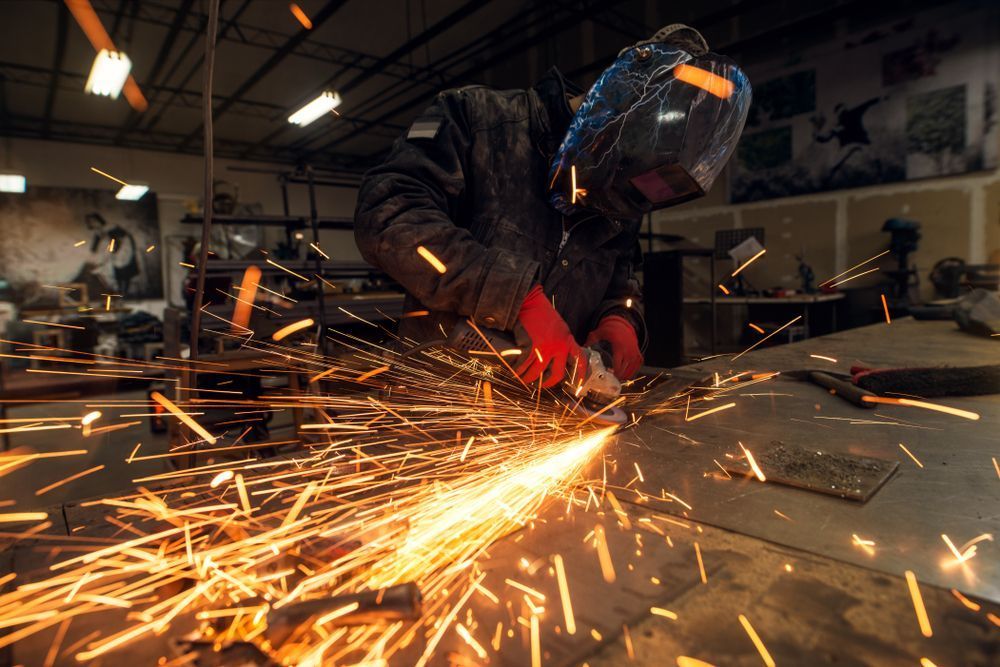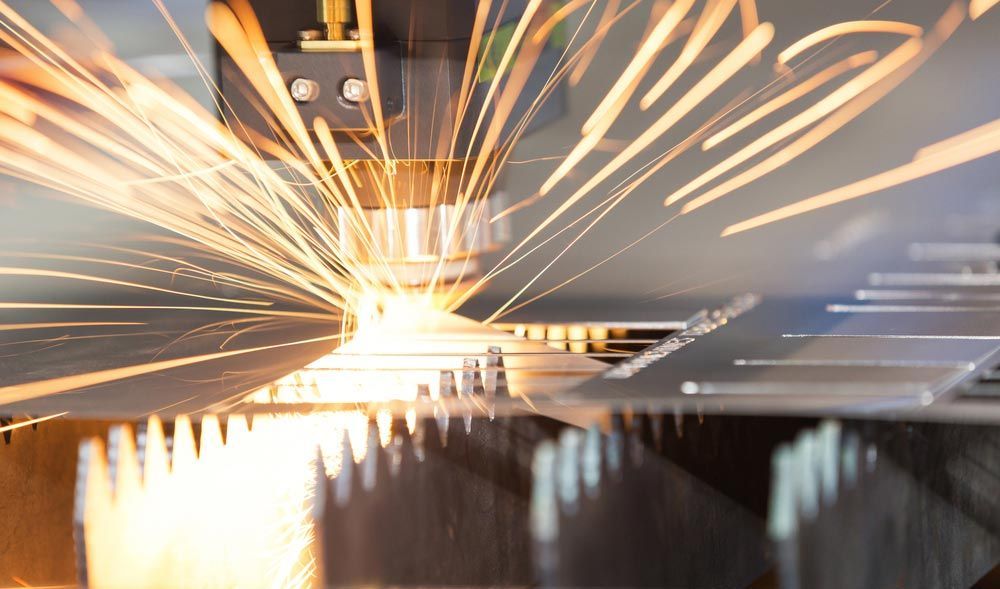Safety First: Essential Welding Safety Practices
Whether you’re fusing structural steel on a major build or fabricating custom agricultural equipment, welding is a skilled trade that demands attention to safety. The intense heat, bright arcs, and fumes that come with every weld aren’t just part of the job—they’re also potential hazards if not handled with care. In this article, we’ll break down the essential safety practices every welder should implement on the job, no matter their level of experience.
By weaving safe habits into every task, welders protect themselves and ensure their projects' integrity and longevity. Here’s what you need to know.
Understand the Hazards: Know What You're Working With
Before picking up the torch, it’s critical to recognise the risks involved in welding. Different materials, positions, and environments each introduce their own set of dangers. Understanding these helps welders choose the right techniques and safety measures every time.
Welding hazards to be aware of:
- Electric shock: Especially dangerous when working in wet environments or with damaged cables.
- Fumes & gases: Metal fumes and shielding gases can cause long-term respiratory issues if inhaled.
- Radiation exposure: UV and infrared rays from the arc can burn skin and damage eyes.
- Burns & fire: Sparks, spatter, and hot workpieces make fire risk a constant concern.
- Noise & vibration: Grinding and air-arc cutting tools can lead to hearing damage or strain injuries.
Protective Gear Isn’t Optional—It’s Essential
Every welder knows the distinctive look of a welding helmet, but PPE involves much more than just eye protection. Wearing the correct gear can mean the difference between a close call and a hospital visit.
Standard PPE includes:
- Welding helmet: Should feature auto-darkening lenses with full face coverage.
- Gloves: Heat-resistant and insulated for maximum protection and dexterity.
- Protective clothing: Flame-resistant jackets, aprons, and overalls help prevent burns.
- Boots: Steel-capped and heat-resistant for on-site and workshop welding.
- Ear protection: Especially important when grinding or air gouging.
- Respirators: Needed when welding galvanised steel or in enclosed areas.
Wearing the right gear is non-negotiable, especially during heavy fabrication work such as building agricultural trailers or structural steel welding.
Proper Ventilation Could Save Your Lungs
Welding produces toxic gases and fumes that, without adequate airflow, can quickly build up to harmful levels. This is particularly true in confined spaces like sheds, shipping containers, or machinery cabins.
Ventilation tips:
- Always weld in open or ventilated areas where fume extraction systems can operate effectively.
- Use local exhaust ventilation (LEV) systems to capture fumes directly at the arc.
- Position fans & blowers correctly to avoid blowing fumes into the breathing zone.
- Wear a PAPR (Powered Air Purifying Respirator) when welding materials like stainless steel or aluminium.
A simple fan isn’t always enough—adequate ventilation is a cornerstone of safe welding.
Inspect Equipment Before Every Job
A few minutes of equipment checks before starting can prevent serious hazards. A faulty gear is not just inefficient; it can be life-threatening.
Key items to inspect:
- Leads and cables: Look for fraying, burns, or exposed wires.
- Electrode holders and torches: Ensure no loose connections or carbon tracking.
- Gas hoses & regulators: Check for leaks using a soap solution.
- Shielding gas cylinders: Secure upright and ensure valves are closed when not in use.
- Welding machine: Test output and grounding connections before each shift.
Routine inspections are standard protocol in every professional welding workshop—and for good reason.
Fire Safety: Know Your Surroundings & Plan Ahead
Hot work means fire risk. Welders must assess their environment and be prepared for emergencies long before the arc is struck.
Fire prevention steps:
- Clear flammable materials within at least 10 metres of the work zone.
- Have a fire watch person nearby when welding in high-risk areas.
- Keep fire extinguishers within arm’s reach and ensure they are regularly checked.
- Use fire-resistant blankets to protect nearby equipment or flooring.
- Be aware of hot metal—mark freshly welded sections or allow cooling time.
It only takes one stray spark to ignite a fire. Preparedness is essential.
Electrical Safety: Always Ground Your Workpiece
Electric shock is one of the most serious risks in welding. Proper grounding and insulation keep this danger at bay, especially when working outdoors or on-site.
Electrical safety checks include:
- Proper grounding of the workpiece: Never rely on makeshift connections.
- Insulated gloves & mats: These are especially important when working in damp conditions.
- Avoid touching electrode holders or bare wires with wet or bare skin.
- Use lockout/tag-out procedures when servicing machines or switching equipment.
Safe grounding practices are essential for field welding on agricultural or structural steel components.
Training & Supervision Are Ongoing Responsibilities
No matter how long you’ve been welding, safety training should never stop. Every project is different, and new challenges emerge with each build.
Best training practices:
- Ongoing workshops and toolbox talks help refresh safety protocols.
- Site inductions for new workers keep everyone aligned with current hazards.
- Mentoring junior staff ensures newer welders develop strong safety habits early.
- Supervision on high-risk tasks provides accountability and quality assurance.
When fabricating and installing structural elements, especially in remote or varied field locations, a strong culture of training ensures safer outcomes for all involved.
Store & Transport Gas Cylinders Safely
Oxy-fuel and MIG setups rely on pressurised gas cylinders, which can become explosive hazards if mishandled. Correct storage and transport are essential for site and workshop safety.
Cylinder safety rules:
- Always store upright and secure with chains or straps to prevent tipping.
- Keep cylinders in well-ventilated areas away from heat and direct sunlight.
- Transport in a vertical position with valve caps securely in place.
- Check for leaks regularly and avoid using damaged regulators or hoses.
- Never use oil or grease on valves or fittings, especially on oxygen tanks.
gas cylinder handling is critical whether you're fabricating cattle yards or repairing machinery on-site.
Looking for Safe, Reliable Welding in Dubbo? Let’s Talk
At Agriweld Engineering, we understand that safe welding practices are the foundation of reliable fabrication, whether it’s structural steel, agricultural builds, or custom fabrication. Our team of welders in Dubbo is committed to maintaining high safety standards across every project we take on. If you're planning a welding job or require expert fabrication services, get in touch via our contact page or give us a call to book a consultation.
Let’s work together—safely.







